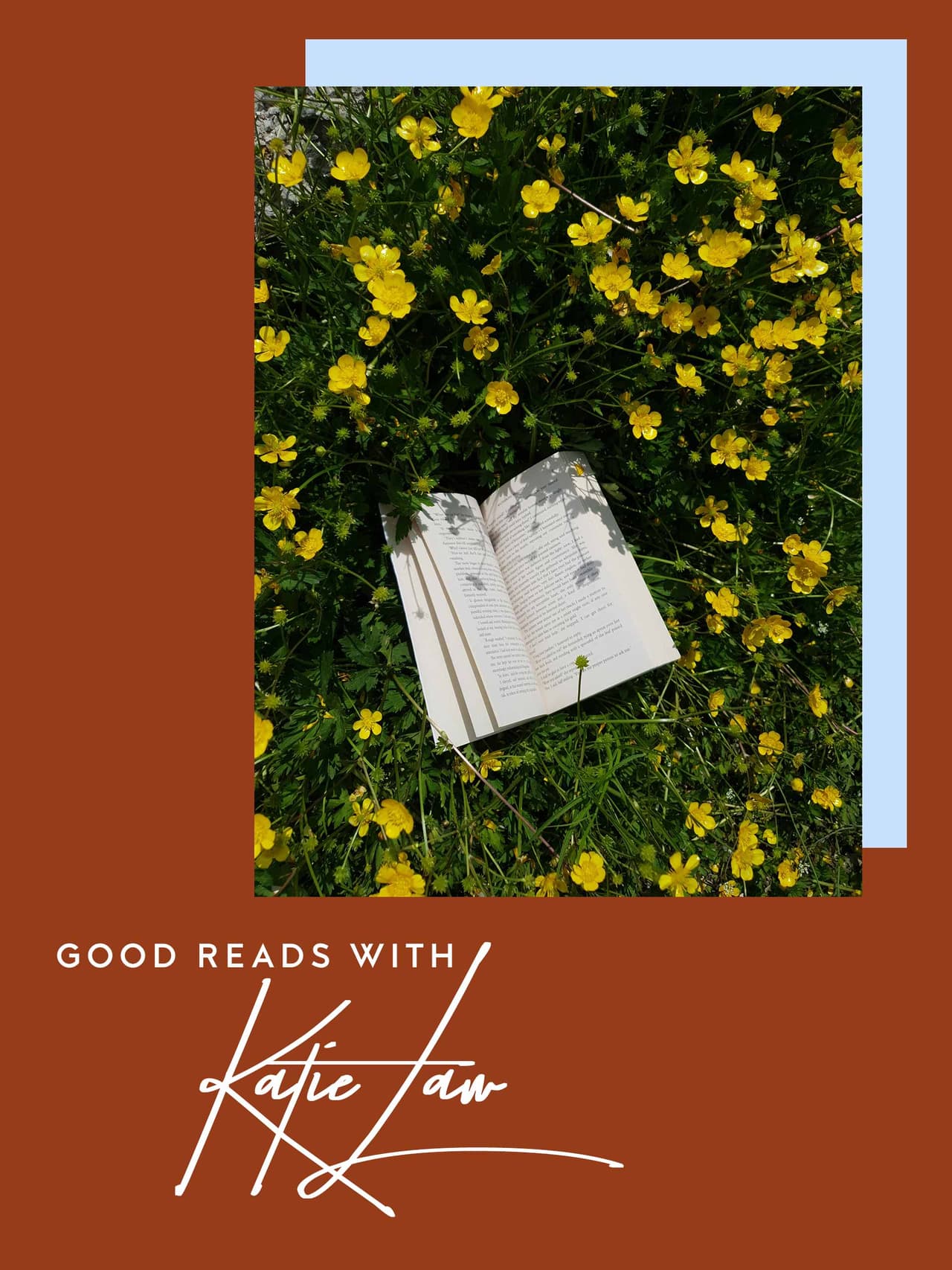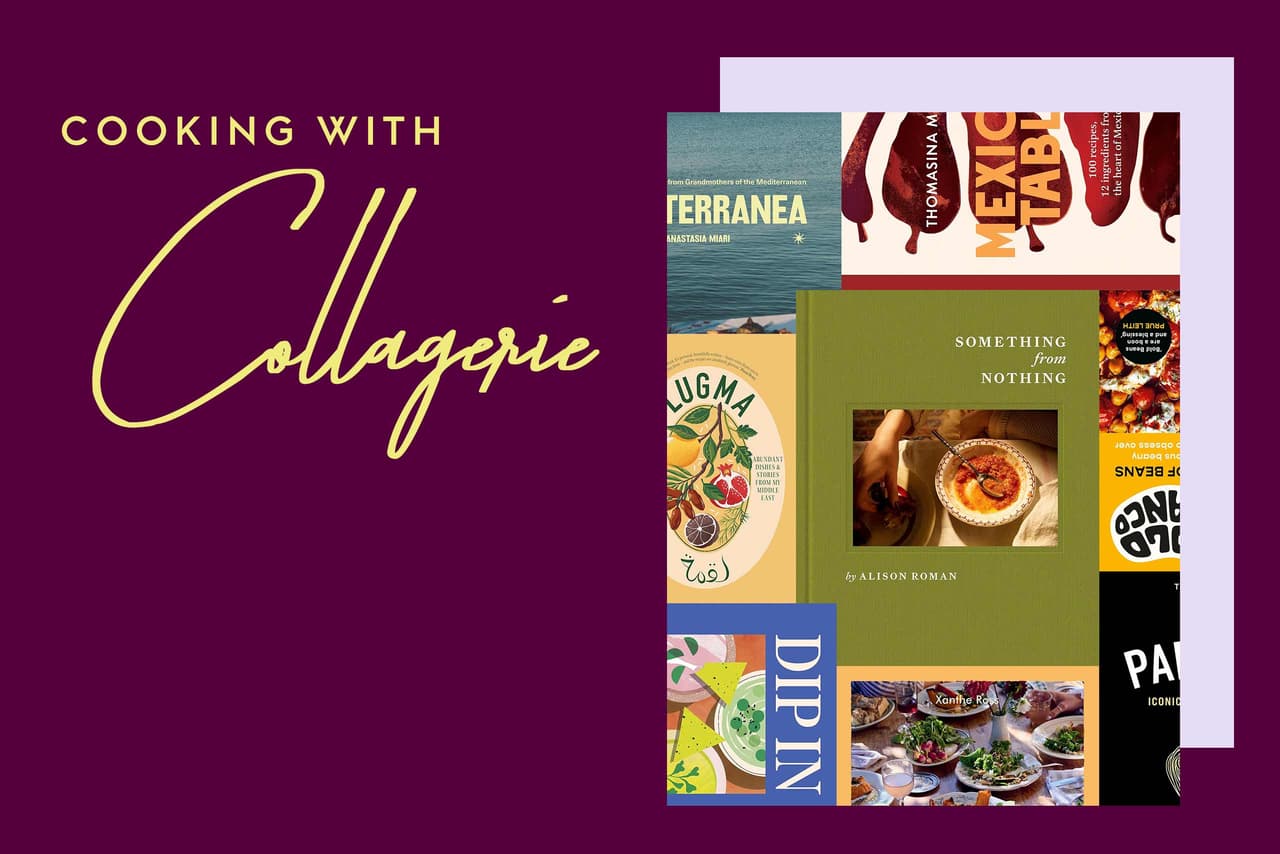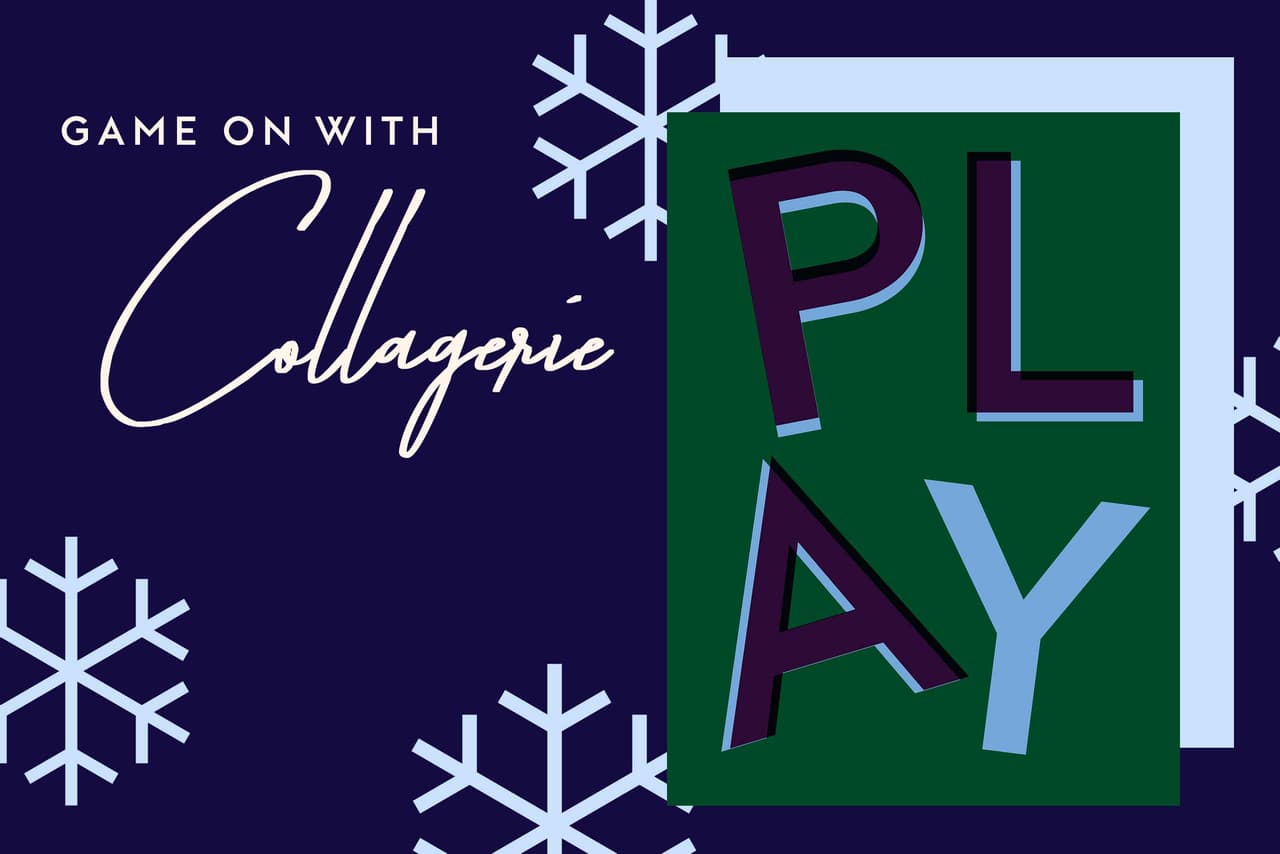Life & Style
Field Of Dreams
Whether you’re lounging under a beach parasol or grabbing a lunch-break getaway in the park, a good book makes that moment of escapism all the more perfect. And with our latest reading list to sample, who knows where your summer tome may take you…

Chicken Boy: My Life with Hens by Arthur Parkinson
“I am a toddler the first time I meet a chicken, and we are equal in size and height.” So begins this charming memoir-cum-guide to keeping hens, should you wish to do so, by gardener and television presenter Arthur Parkinson. I’ve recently met several people who keep hens, both for the company and the eggs, so it’s not such a mad idea for a book. Beginning with his “chicken childhood” in Nottinghamshire, Parkinson describes having his wellies pecked at by hens on a neighbour’s allotment before writing a fan letter, aged seven, to the famously hen-loving Duchess of Devonshire, with whom he became friends. He describes cherished breeds with all the enthusiasm of a lover: the Leghorn is “a flapper at a moment’s chance” and the Groninger Meeuwen has “the feathers of a tigress”, though he leaves room for a chapter on “villains and vermin”, and rails against the battery industry. But really, he’s all heart.
Little Clothbound Classics Summer Collection
These cute, colourful and collectible clothbound editions of old favourites and lesser-known classics are my most coveted titles of the season. Stunningly designed by Coralie Bickford-Smith, in hues from dusty pinks to acid brights, and inspired by Victorian book-binding techniques, the pint-sized volumes pop into pockets. But beware: if you buy them for friends, you’ll end up keeping them yourself. Top of my list is the 1941 novella Chess by Stefan Zweig, which opens on a cruise liner, where a stranger in the crowd challenges the chess world champion to a game, with extraordinary consequences. I was delighted to see Bonjour Tristesse by Françoise Sagan, an iconic ’50s tale of infidelity and betrayal, and Summer by Edith Wharton, a precociously modern-for-its-time story, set in rural New England and about a young woman, seduced then dumped yet ultimately triumphant. Other must-haves are The Awakening by Kate Chopin, and Death In Midsummer by Yukio Mishima.
The Art of Friday Night Dinner by Eleanor Staefel
When I cracked the book open to a recipe for Lillet Rosé & Tonic with Pink Peppercorns, I immediately warmed to this collection of “recipes for the best night of the week”. Staefel likes old-fashioned meals, many of which she learned to cook with her parents, and her descriptions remind me of many of my own family favourites. Sausage Pasta. Fried almost anything with a glass of fizz. Lots of gubbins – such a childhood obsession – those rich, dark, concentrated scrapings from the sides of a pan of roast potatoes. Sardines On Toast. Chocolate Mousse – which Staefel makes by adding sugar to the whisked yolks rather than whites (I must try it). Packed with artfully casual photos, the vibe is very much ‘rustle it up at the last minute, don’t stress if you get it wrong and definitely don’t feel bad about buying Tesco’s garlic baguette’. And who knew that frozen After Eights were such a thing of deliciousness?
The Birthday Party by Laurent Mauvignier
I’ve never read a novel quite like this before. It’s the combination of the narrative – the action takes place over a day, eked out across 500 pages – and the remarkable writing style. Sentences are extremely long, sometimes stretching to an entire page. Oh, and it’s French, of course, though expertly translated by Daniel Levin Becker. Indeed, it has already been dubbed ‘Proust noir’. Set in a “banal and ordinary, flat and rainy” rural hamlet in Northern France, the story revolves around a farmer, his wife and daughter, and their neighbour, a reclusive artist who has moved from Paris. It is the farmer’s wife’s 40th birthday and the artist is baking cakes when a car rolls down the lane and a charming stranger gets out, claiming to have an appointment with an estate agent. What happens next is sudden, propulsive and violent, as if the first few hundred pages were slow-burning their way to this. It takes time to get into the rhythm of Mauvignier’s writing, but once you’re in, you’re in.
The Pleasure of Seeing by Joel Meyerowitz and Lorenzo Braca
I have a photograph by Joel Meyerowitz from his ’70s ‘Cape Light’ project in my bedroom. The image is of a series of open doors, leading down a light-filled corridor towards the outside. It is serene and luminous, and I can look at it for hours, always finding different points of interest. It features in a chapter in this new book that tells the story of Meyerowitz’s 60-year-long career through in-depth conversations with Braca, recorded between 2019 and 2021. What did Meyerowitz experience, travelling across America in the footsteps of Robert Frank? Why did he choose to shoot that particular scene in small-town Spain when Franco was still in power? And how did he become the only photographer to document the aftermath of the attack on the Twin Towers? He has some amazing tales to tell, but the pictures themselves tell their stories equally powerfully. He will be giving a talk at the V&A on Friday 26 May.
Birnam Wood by Eleanor Catton
From the author of the 2013 Booker Prize-winning The Luminaries comes this enjoyable, cleverly paced literary thriller. Set in New Zealand, the plot follows Mira Bunting, founder of Birnam Wood, a left-wing activist collective of gardening guerrillas, aiming for “nothing less than radical, widespread and lasting social change”. They do this by illegally planting food crops on land that isn’t theirs. When trespassing on a farm which seems promising as a new site, Mira meets a stranger with designs on the land for rather different reasons. He is drone-manufacturing billionaire Robert Lemoine, a charmer who suggests he and Mira might work the land together. Catton has grasped the comic potential for how the ideologies of an eco-activist and an amoral capitalist tycoon might collide, clash and play out together. But she’s also able to build her characters superbly, giving them complex inner lives and, it turns out, morals and motives that come in fifty shades of grey rather than simply black and white.
Kairos by Jenny Erpenbeck
When 19-year-old trainee typesetter Katharina and 53-year-old married author Hans first set eyes on each other on a crowded bus in East Berlin, the attraction is mutual and instantaneous. It’s July 1986 and the wall between East and West still stands. The pair embark on a passionate affair, smoking, drinking, enjoying meals out together and making love with illicit abandon in Hans’ marital bed when his wife and son are away. They write letters, exchange notes, photographs and presents, and Katharina readily submits to Hans’ taste for sadism. When he discovers she has slept with another, younger man, his jealousy becomes unbounded and everything spirals out of control. This is all set against the backdrop of a regime, the GDR, that is also falling apart – the wall was finally demolished in 1989. Erpenbeck – an opera director and prize-winning author – weaves together her story of loss, lies and betrayal (in both the personal and political spheres) with tremendous skill; artfully translated by Michael Hofmann.
Gwen John: Art and Life in London and Paris by Alicia Foster
She has always been considered a reclusive painter of pale interiors, attics, cats and emaciated women, and as an artist has been overshadowed by her more famous brother, the ebullient Augustus John – even if her paintings were better. This new biography by art historian and long-term Gwen John scholar Alicia Foster re-examines John’s life and art in the light of previously unpublished archival material. Foster presents the artist as “driven, brilliant, assured and a compelling part of the art history of her time”. Far from choosing to live an isolated existence, her many friendships with major artists, poets and writers of the day profoundly influenced her work, as is made abundantly clear from the wealth of illustrations. The book accompanies a major exhibition at Pallant House Gallery, Chichester (May 13 to October 8), also curated by Foster, and is a must-visit for fans like me who have loved John’s pictures ever since I can remember.
Once Upon a Time World: The Dark and Sparkling Story of the French Riviera by Jonathan Miles
Even today, the term ‘French Riviera’ evokes images of bygone glamour, sophistication and wealth, and this is the book that explains how it all began, what happened next, the people and parties, and how an azure coastal paradise ended up becoming a grey-white concrete jungle. It’s a fascinating story, enchantingly told by Miles, of how English politician Lord Brougham was travelling to Genoa in 1834, stopped off in Cannes, and liked it so much he built a villa there. In less than a decade Cannes boasted a ritzy seafront boulevard of hotels and villas, with visitors flocking from all over the world for its sultry combination of sea, sun and, yes… sex! “For two centuries of opulence, scandal, war and corruption, the Riviera was a temptation’ writes Miles, coolly. And in spite of all that it’s become, “gentle breezes blow and light sparkles on the surface of translucent water that deepens into the 1,001 blues of a Côte d’Azur.”
Good Girls: A Story and Study of Anorexia by Hadley Freeman
One of our finest journalists delves deep into the hard-to-understand condition that marred her own adolescence and still bugs her. Shuffling between psychiatric wards for weeks at a time over three years, Freeman not only failed to recover, but picked up toxic tips from her fellow inpatients. Eventually the sight of one of them – a 32-year-old woman furiously smearing butter onto the underside of the table to avoid eating it – kickstarted her own recovery; she didn’t want to become that woman. Now in her forties, Freeman is married with three children and has an enviable reputation as a fearless columnist and acclaimed author. Painfully insightful as it is, the deeply personal stuff is leavened with some investigative material, including interviews with medics and former patients, and her analyses of the potential links between anorexia, gender dysphoria, autism and the desire to disappear. Not so much uplifting as essential reading – especially for anyone with troubled teen girls in their lives.

